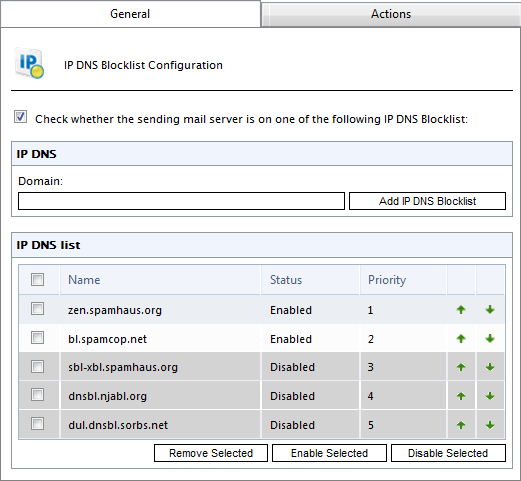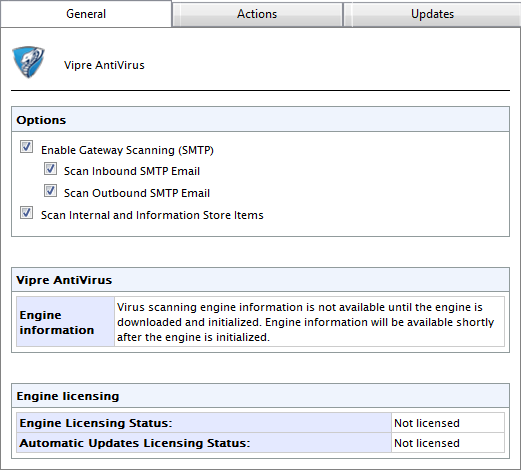
This is the default UI mode and is preferred over the Local mode as some functionalities (e.g. IIS Mode: This allows MailEssentials to be configured and managed remotely over the network using a web browser. Local Mode: When this mode is selected, MailEssentials can only be configured and managed from the local machine in which is installed. The GFI MailEssentials User Interface (UI) can be configured in either of the following two modes which determine how MailEssentials is accessed by the users: Enable/Disable Failed emails notificationsīack to top Description User Interface Mode.Setting Quarantine Store Location and Public URL.Email backup before and after processing.This will launch the Switchboard application from which the following application settings can be configured: The MailEssentials Switchboard is launched by navigating to the Windows Start menu > GFI MailEssentials > Switchboard. This article discusses the role of the Switchboard utility as well as how to use it to configure various critical MailEssentials settings. Please let me know if you have any further questions.The Switchboard is one of the default installation components that is included in the GFI MailEssentials programs group created during installation and is an important configuration tool for the MailEssentials administration environment. I recommend to upgarde to the latest version of ME2014 - however this will not solve your initial issue with the Public Folders, as the Bug lies not in MailEssentials. I noticed, that you are on the previous verion of MailEssentials 2012.

This is the reason why we released a new feature called "SpamTag" in the latest version of MailEssentials, - another way to manage spam emails, blocklists and whitelists from the client-side:

The Public Folders will be disposed in the future, as of Microsoft. Unfortunately there is nothing we can do in this matter from our side. (You would experience this issue even if GFI wouldn´t be installed on the Server.) Our Developers have reported this issue to Microsoft, and they confirmed that this issue is fixed in Exchange 2013 CU3. This is a well known problem, and GFI is not the only Product, which is affected. This is not a Bug in GFI, but in Microsoft Exchange.


The captured error was an internal server error:


 0 kommentar(er)
0 kommentar(er)
